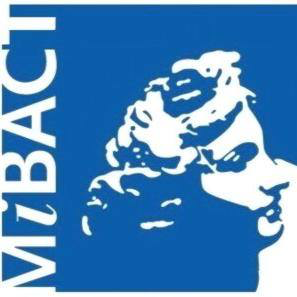Summary (English)
The 2012 excavation at Kanali rock shelter was conditioned by the results of the excavations carried out in 2004. It was decided to test two different points, one positioned near the area where the 2004 excavations were concentrated and the second point located where the collapsed entrance of the cave was thought to be. The first excavation site was named Kanali 1, while the second site was named Kanali 2.
Kanali 1
In the end of this year’s excavations in this point, was increased the amount of finds and also the lithic collection. From the material obtained from the excavation, it appears that the main goal of the occupation was to achieve the production of tools of the blade type and small flakes, a part of which can be described in some cases as flakes (<1.5 – 2 cm). This is evidenced by the presence of 5 cores for the production of blades as well as the blades themselves, as well as 2 discoidal cores and the corresponding flakes and blades. Other tools present in the collection are: a chip thinned in the ventral part, a retouched blade, an end scraper, and two partially preserved but unidentifiable tools. Of a different operational chain, are two bidirectional and two-sided wedges, which may have been in their initial phase.
Kanali 2
On the other hand, the lithic material found during excavations at this point represents a special case in relation to the history of the study of this territory. Among the most important finds were a core, for the production of blades, as well as the presence of numerous blades. There are also two end scrapers which seem to have been produced from the same operational concept. It should be mentioned that the end scrapers are not short or round but rather long. Based on the material found from the excavation of this year, some preliminary conclusions can be given regarding the chronology of this collection. Starting from the high presence of blades with worked backs as well as the presence of a trapezoid, we can say with certainty that we are dealing with a collection of the Epigravetian, the period after the Last Maximum Glaciation (20,000 years). On the other hand, the presence of longitudinal end scrapers (not circular) as well as the absence of knives with worked backs places this material in time to the early Epigravetian or about 20,000-15,000 years ago.
- Ulsi Tota - Institute of Archaeology
- Kriledjan Ҫipa - Regional Directorate of Cultural Heritage-Vlora
Director
- Ilir Gjipali - Instituti i Arkeologjisë Tiranë, Departamenti i Prehistorisë (Albanian Institute of Archaeology, Department of Prehistory)
- Jurgen Richter - University of Koln
Team
- Ergys Hasa - Instituti i Arkeologjisë Tiranë, Departamenti i Prehistorisë (Albanian Institute of Archaeology, Department of Prehistory)
- Rudenc Ruka
- Thomas Hauck - University of Koln
- Ulsi Tota - Institute of Archaeology
Research Body
- Instituti Arkeologjik Tiranë (Albanian Institute of Archaeology)
- Universität zu Köln
Funding Body
- Universität zu Köln
Images
- No files have been added yet




